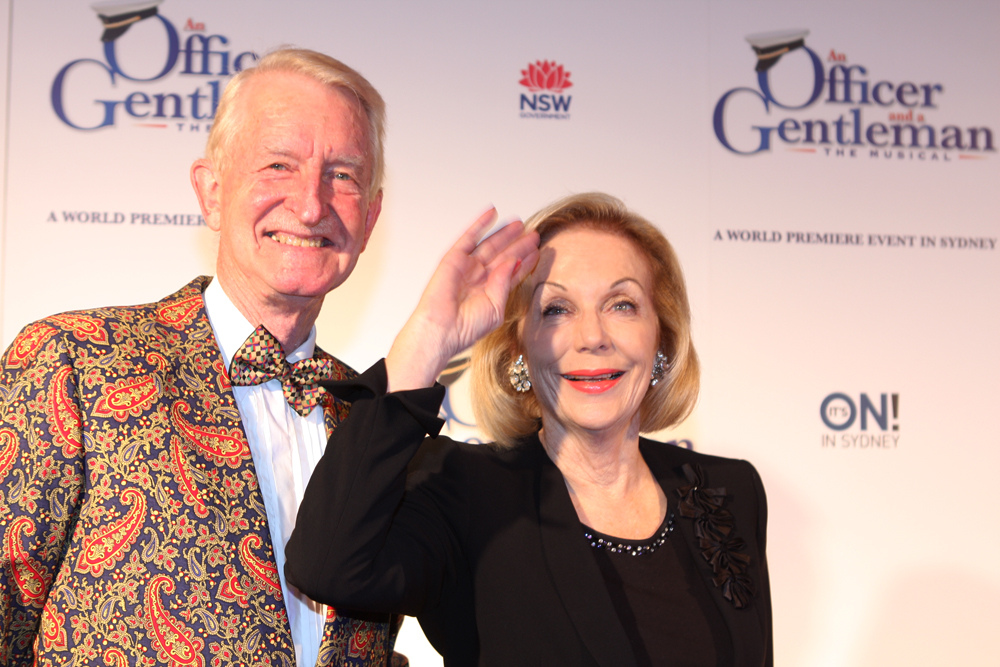
NSW Local Government Minister Paul Toole might need a crash course in etiquette from Sydney businesswoman and celebrity Ita Buttrose if he wants to get local councils on side.
While Mr Toole is, perhaps, not likely to have committed the entire range of sins catalogued by Ms Buttrose in her A Guide to Australian Etiquette, like removing his socks after lights out in the cinema, exposing his hairy armpits (if they are, indeed, hairy) or urinating in public – he has nevertheless managed to offend the NSW local government sector by telling journalists who will decide local councils’ futures before bothering to tell councils themselves.
President of Local Government NSW Keith Rhoades said Mr Toole’s office dispatched an early morning press release to journalists on Sunday telling them that the Independent Pricing and Regulatory Tribunal (IPART) would be judging council’s Fit for the Future submissions, which are due in June, but leaving his organisation out of the loop.
It was a move that could perhaps be considered the etiquette equivalent of putting your bottom in someone’s face when walking down a row at the cinema or theatre – another of Ms Buttrose’s pet hates – and one that has also annoyed the Local Government Professionals Australia NSW, who Mr Rhoades said was also kept in the dark.
In their Fit for the Future submissions councils must show that they are efficient and large enough and sustainable enough to survive in the future or else commit to merging with one or more of their neighbours. Forced amalgamations have not been ruled out by NSW Premier Mike Baird.
Mr Rhoades said it was “an appalling situation” where Local Government NSW (LGNSW), which is the peak body for the state’s local councils, found out about the IPART appointment via a media release.
“We were given the heads up by the Sydney Morning Herald yesterday (Sunday) at 11am then the government eventually informed us around 4.30pm,” Mr Rhoades said.
“The government needs to smarten up a little bit on their mannerisms when it comes to information sharing.”
Mr Rhoades said that he was initially “luke warm” about IPART leading the review but he was “feeling more optimistic” now that he knew that South Australian local government expert John Comrie would be supporting the panel during the process, an appointment the LGNSW itself suggested.
“We just wanted to ensure that, one: it was an open and transparent process and two: there were people on that panel that knew and understood local government,” he said.
“John Comrie is a former CEO of the Office of Local Government in South Australia and former CEO of Local Government South Australia.”
Council mergers are a prickly issue for local government – a bit like Ms Buttrose’s distaste for hairy armpits – and there has been fevered speculation about the make-up of the panel and what it might mean for local government.
Mr Rhoades said that no councils wanted to be forced to merge and some MPs – even liberal ones – were against forced amalgamations.
“Over the past three months there has been a very strong rebellion within the Liberal Party in NSW, in particular in Metropolitan NSW, to forced amalgamations but one thing that you can’t forget in this equation is the simple fact that this doesn’t have to go to parliament. The minister has the power to force councils to amalgamate.
“At the end of the day it’s a political decision that the government has to make.”
Meanwhile, Mr Toole lauded IPART’s role in the process and said the body had “extensive local government expertise and proven experience”.
“I am pleased that councils have been working hard on their submissions, examining their capabilities and opportunities to improve,” Mr Toole said.
“Councils and communities deserve these proposals to be considered independently, and assessed with consistency, fairness and impartiality.
“I am confident that IPART and Mr Comrie will perform the role transparently and effectively.”
The Independent Local Government Review Panel recommended earlier this year that 105 of NSW’s 152 councils merge and that eight councils in the state’s far west should form a far west organisation. It also suggested the number of Sydney councils be slashed from 41 to between 15 and 18.
The $1 billion Fit for the Future package from Mr Baird includes $258 million to help those councils who decide to merge, access to cheaper finance saving $600 million, $13 million to support councillors transitioning to new councils, $5.3 for newly formed regional Joint Organisations in rural areas and $4 million innovation fund to help small rural councils find new ways of working together.





Merging needs careful thought and handling. It is not a panacea for efficiencies and can lead to diffused delivery of services (witness the UK’s local government reforms). It is often better to look at how the services are being delivered and work towards hubbing some of those critical services, especially those where expenditure is high, e.g. procurement. Outsourcing is also up for consideration but it too needs careful handling. No council should be going it alone on any of this and no councils should be forced to amalgamate. Do it properly and keep people informed. There is no quick ;political answer to this, regardless of whether or not the government believes it has the mandate to proceed.
It goes without saying that the councils need effective staff to be able to manage all of this.